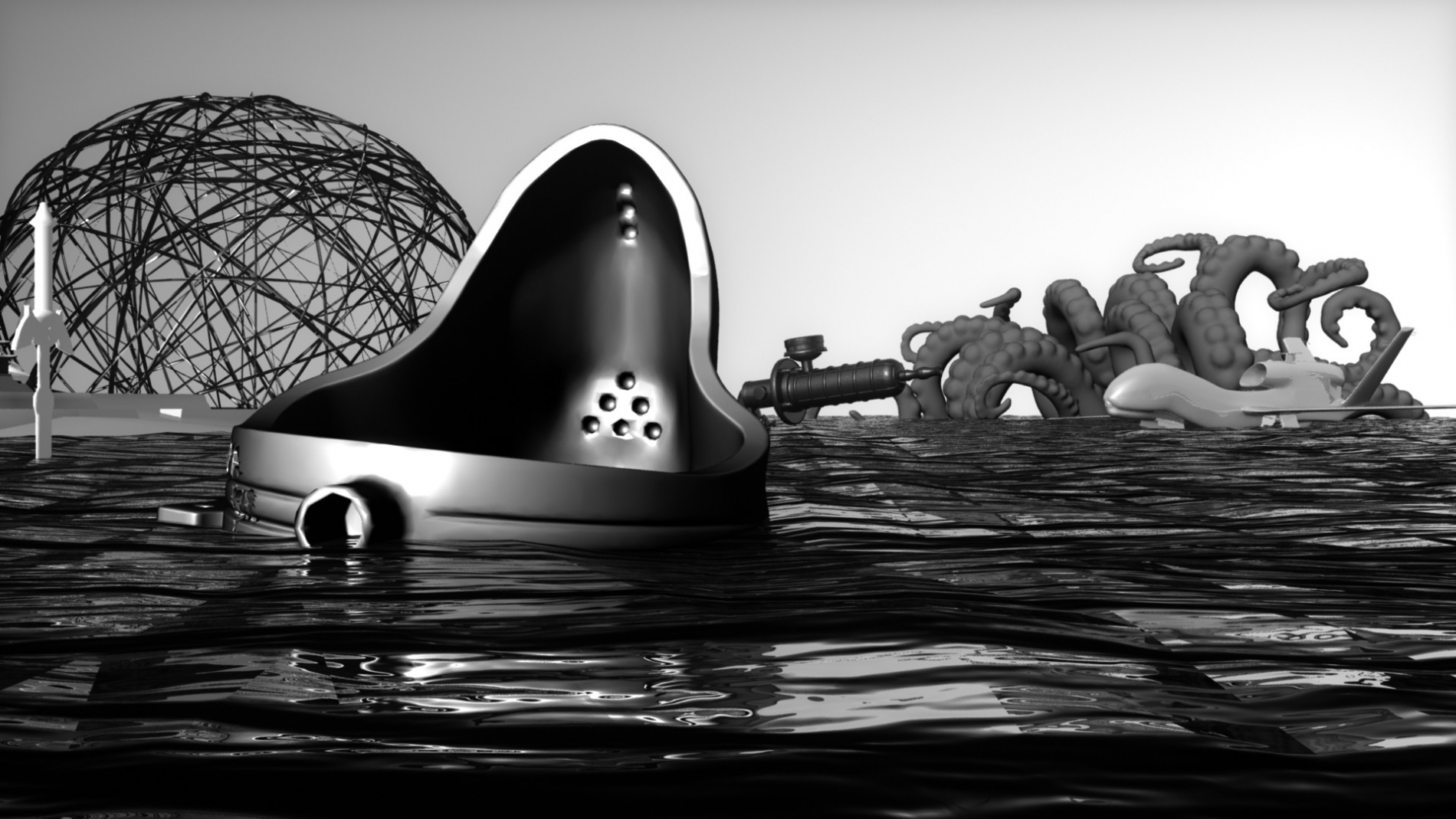with Daniel Rourke & Geraldine Juárez
What is Post-Nature and how does it relate to Earth’s deep geological time? In what ways could 3D fabrication affect tomorrow’s techno-natural environments? Can radical applications and speculations about its use assist in understanding the planet’s ongoing transformations?
As the human footprint on the planet becomes more and more visible, an urge for new forms of intervention that take into account this long, temporal impact also becomes apparent. It seems that whilst developing planetary modes of vision, communication and control, the very ecosystems we have been seeking to assert mastery over have now been altered. In rendering the entire Earth both an object of scientific study and of economic profit, we have become implicated in the deep future of every organism that grows, crawls, and mutates on its surface. We have come to inhabit a world where, as Richard Pell and Lauren Allen outline, organisms, their habitats and evolutionary niches, are "no longer determined simply by ecological pressures, but rather by an ongoing negotiation between commerce, regulation, and genetics." 1 Or, as Jason Moore notes, capitalism is a specific way of organizing nature.
The #additivism workshop led by Daniel Rourke and Geraldine Juárez invited participants to an exploration of post-natural history, geo-history and Mediterranean world-ecologies, emphasizing critical perspectives driven from the intersection of art, design and activism. #Additivism, which takes 3D fabrication as its critical framework, is a portmanteau of additive and activism that exemplifies radical approaches to collective action, extending from the local through to geological timescales.
In this two day workshop, the group identified and named the epistemic conditions under which “post-nature” emerges and thrives. They took into account the additive logic of extractivism and its deep legacy in the form of techno-scientific projects such as bio- and geo-engineering. They considered Mediterranean world-ecologies and imagined structures of knowledge and action able to exist outside or beyond “the Eurocene and Technocene initiated by Europeans.” 2 Ultimately, they explored:
Are we able to imagine alternative approaches that don’t put human-scale actions and interventions first? For whom, why and at the expense of what is “post-nature” produced? Is it possible to consider the emergence of a “post-natural” ethics?
The workshop had 2 main components: a theoretical and critical session and a practical and collaborative session.
Participants were invited to exchange provocative thoughts and ideas, and come up with speculative models, texts, blueprints, designs, etc. As part of the workshop, they were guided through the processes of additive design using Meshmixer.
1 "Out of the Lab, Into the Wild - Center for PostNatural History." Accessed January 11, 2016. http://postnatural.org/Out-of-the-Lab-Into-the-Wild
2 P. Sloterdijk, “The Anthropocene: A Process-State at the Edge of Geohistory?”, in Art in the Anthropocene, eds. E. Turpin & H. Davis. London, Open Humanities Press, 2015, p. 328.
Readings:
Preface to a Genealogy of the Postnatural by Richard W. Pell & Lauren B. Allen [PDF]
Introduction to Capitalism in the Web of Life: Ecology and the Accumulation of Capital by Jason Moore [PDF]
Downloads:
The 3D Additivist Cookbook additivism.org/cookbook
Ocean Acidification in the Mediterranean
Bios of the artists:
Daniel Rourke (UK) is a writer and artist. In his work, he deals with speculative and science fiction in search of a radical ‘outside’ to the human(ities), including extensive research on the intersection between digital materiality, the arts, and post-humanism. In his artistic practice, Daniel devises and creates collaborative platforms that promote open and critical discourse on the topics of media theory and post-humanism. In 2015 he released the 3D Additivist Manifesto together with artist and activist Morehshin Allahyari. He recently completed his PhD in Art at Goldsmiths, University of London.
Geraldine Juárez is an artist working with histories, stories and contexts about media technologies, and its related technics and economics. Recent group exhibitions include University of Disaster, Bosnia-Herzegovina Pavilion, Venice, Italy; Situations/ Placeholder, Fotomuseum Winterthur, Switzerland; Works for Radio, Cinemateket, Copenhagen, Denmark; and exstrange.com. Her writing has been published in The Radiated Book (Constant, 2016), Intercalations 3: Reverse Hallucinations from the Archipelago (K. Verlag, 2017), and Scapegoat, Journal for Architecture, Landscape and Political Economy (2017).


